Gullah Seasoning: From Sea Islands to Your Kitchen – A Spicy Journey You Don't Want to Miss!
Ever wondered what makes Lowcountry cooking taste like a warm hug from the ocean breeze? Meet Gullah Seasoning — the unsung hero of Southern coastal cuisine. With roots deeply embedded in Gullah Geechee culture, this spice blend is more than just flavor; it's history on a plate.
In this article, we’ll take you on a culinary voyage through time and taste, sharing everything from why this blend matters to how you can use it like a pro (or at least a very stylish amateur). Buckle up — it’s about to get spicy!
Table of Contents
- A Taste of Heritage: The Origins of Gullah Seasoning
- The Flavor Matrix: What’s Inside That Bottle?
- From Gumbo to Popcorn: Creative Uses for Gullah Seasoning
- Spice Like a Pro: Tips for Using Gullah Seasoning in Everyday Cooking
- DIY or Buy? Pros & Cons of Homemade vs Store-Bought Gullah Seasoning
- Pairing Power: Which Dishes Love Gullah Seasoning Most?
- More Than a Spice: How Gullah Seasoning Preserves Cultural Identity
- Debunking Myths: Common Misconceptions About Gullah Seasoning
- Summary
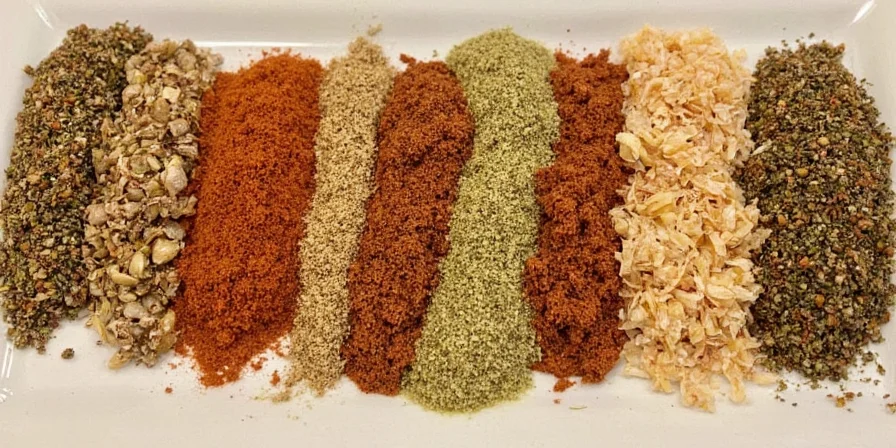
A Taste of Heritage: The Origins of Gullah Seasoning
The story of Gullah seasoning begins not in a modern kitchen but in the rich cultural soil of the Gullah Geechee people — descendants of West African slaves who settled along the coastal regions of South Carolina, Georgia, and Florida.
These communities preserved their culinary traditions despite centuries of adversity, and Gullah seasoning was born out of necessity and creativity. Made from locally available spices, it reflects both African influences and the ingredients of the Lowcountry.
- African Roots: Use of bold flavors, earthy spices, and seafood-heavy dishes.
- Lowcountry Ingredients: Salt, pepper, thyme, garlic powder, onion powder — all easily accessible along the coast.
This fusion of old and new world flavors gave birth to one of the most beloved spice blends in Southern cooking today.
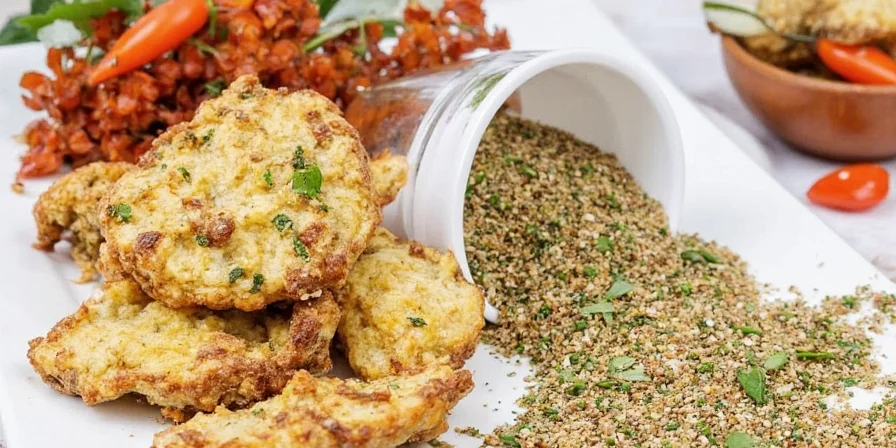
The Flavor Matrix: What’s Inside That Bottle?
So what exactly is Gullah seasoning made of? While recipes vary by family and brand, there are some core components that define its unique profile:
| Common Ingredients | Taste Profile | Why It Works |
|---|---|---|
| Salt | Base layer, enhances all other flavors | Balances sweetness and bitterness |
| Black Pepper | Peppery heat with a bit of bite | Adds depth and subtle kick |
| Garlic Powder | Pungent, savory, slightly sweet | Lends richness and umami |
| Onion Powder | Earthier than garlic, adds sweetness | Complements seafood and meats |
| Thyme | Herby, citrusy, aromatic | Brings brightness to heavier dishes |
| Paprika (optional) | Mild, smoky, slightly sweet | For color and warmth |
Some versions also include mustard seed, celery salt, or even lemon zest. But the magic lies in the balance — not too spicy, not too herbal, just perfectly balanced for comfort food with soul.
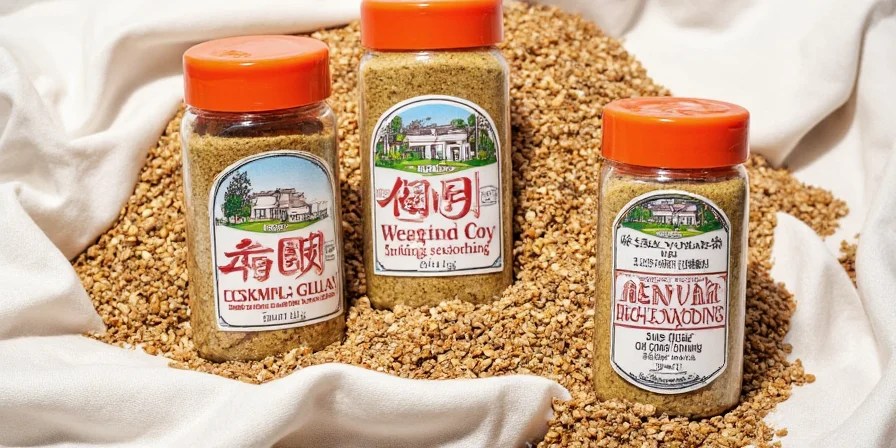
From Gumbo to Popcorn: Creative Uses for Gullah Seasoning
You might think Gullah seasoning is only for shrimp and grits — but oh, how wrong you’d be! This versatile blend plays well with almost anything. Here are some unexpected ways to enjoy it:
- Seafood Boil: Toss crawfish, clams, or mussels with Gullah seasoning before steaming.
- Egg Dishes: Sprinkle over scrambled eggs or omelets for an instant upgrade.
- Popcorn Perfection: Melt butter over popcorn and dust with Gullah seasoning — addictive!
- Roasted Veggies: Coat cauliflower, zucchini, or carrots before roasting.
- Marinades: Mix into olive oil or yogurt for a marinade base for chicken or tofu.
Pro Tip: Add it late in the cooking process to preserve the freshness of the herbs like thyme and paprika.
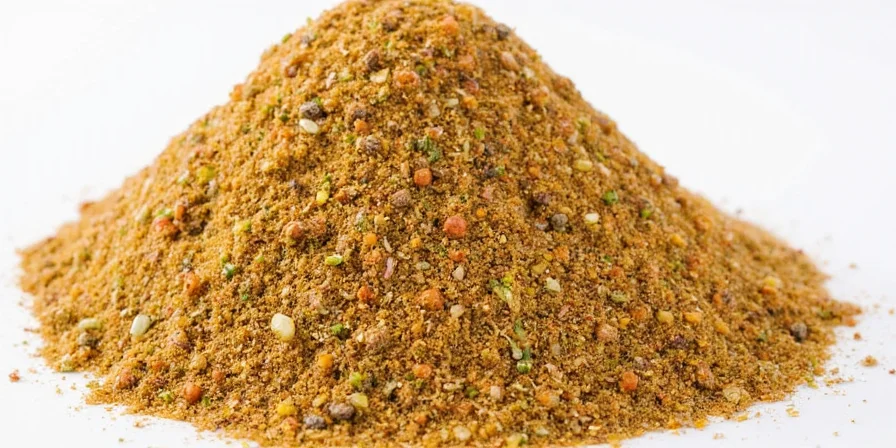
Spice Like a Pro: Tips for Using Gullah Seasoning in Everyday Cooking
If you're ready to level up your kitchen game with Gullah seasoning, here are some pro tips to make the most of it:
- Taste as You Go: Start with a small amount — better to add more than to overpower your dish.
- Layer Flavors: Use in combination with fresh herbs or citrus zest for extra dimension.
- Use with Acid: A squeeze of lemon or lime balances the richness and brings out the herbaceous notes.
- Store Smartly: Keep in a cool, dry place in an airtight container — it stays fresh for up to 6 months.
- Rub It In: Create a dry rub for grilled fish, shrimp, or pork chops using Gullah seasoning as a base.
And remember — just because it says “seasoning” doesn’t mean you should skip the salt entirely. Adjust accordingly!
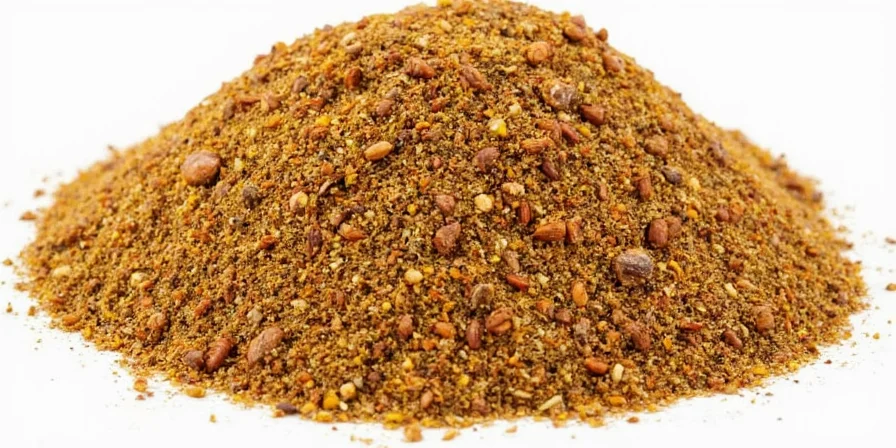
DIY or Buy? Pros & Cons of Homemade vs Store-Bought Gullah Seasoning
While store-bought Gullah seasoning is convenient, making your own lets you tweak the flavors to match your taste. Let’s break it down:
| Option | Pros | Cons |
|---|---|---|
| Homemade |
|
|
| Store-Bought |
|
|
If you go the DIY route, here’s a simple recipe to start with:
Simple Homemade Gullah Seasoning Recipe
- 3 tbsp salt
- 1 tbsp black pepper
- 1 tbsp garlic powder
- 1 tbsp onion powder
- 1 tsp dried thyme
- Optional: ½ tsp smoked paprika or lemon zest
Mix thoroughly and store in a glass jar. Shake well before each use!
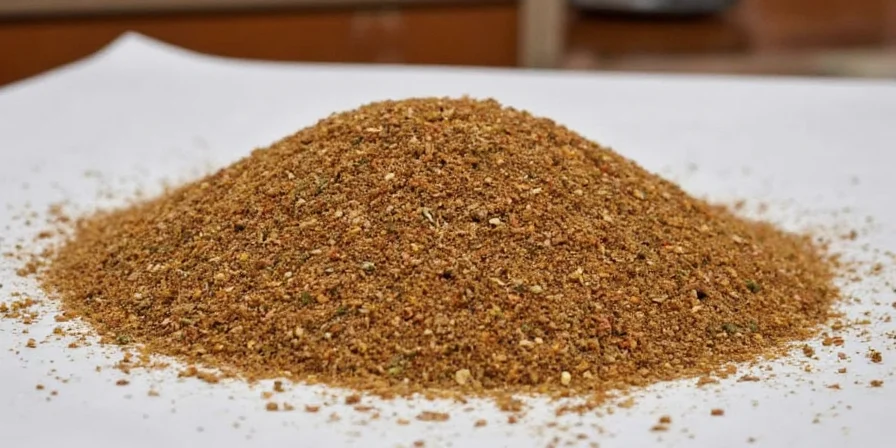
Pairing Power: Which Dishes Love Gullah Seasoning Most?
Let’s talk love languages — and yes, Gullah seasoning has several. Here are the top dishes it gets along with best:
- Shrimp and Grits: The ultimate comfort duo. Gullah seasoning ties together the briny shrimp and creamy grits beautifully.
- Fried Chicken: A sprinkle after frying gives that extra crunch and flavor pop.
- Gumbo: Enhances the depth of flavor in both the roux and the stock.
- Okra: Balances the sliminess and adds complexity.
- Collard Greens: Brings out the natural sweetness and softens bitterness.
Pro Tip: Try using it in cornbread batter for a herby twist on a classic Southern side.

More Than a Spice: How Gullah Seasoning Preserves Cultural Identity
Gullah seasoning isn’t just a flavor booster — it’s a living piece of history. For generations, Gullah families have passed down recipes that reflect their African roots and resilience in the face of hardship.
Each pinch of thyme, each dash of pepper, tells a story of survival, adaptation, and celebration. Today, chefs and home cooks alike continue to honor this heritage by using Gullah seasoning to connect with a rich cultural legacy.
- Historical Connection: Reflects the blending of African, Caribbean, and American culinary traditions.
- Community Bonding: Shared meals featuring Gullah seasoning often serve as cultural gatherings.
- Culinary Pride: Used in festivals, cookbooks, and restaurants celebrating Gullah Geechee heritage.
So every time you season your salmon or your soup with Gullah seasoning, you’re not just adding flavor — you’re keeping history alive.
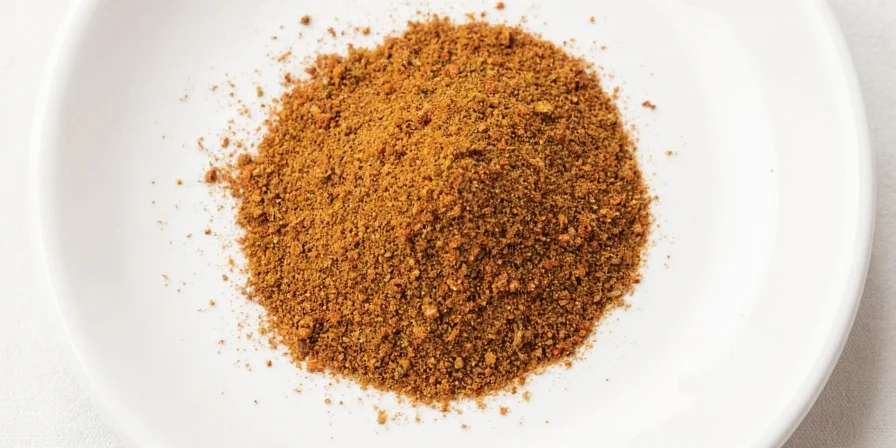
Debunking Myths: Common Misconceptions About Gullah Seasoning
Like any popular ingredient, Gullah seasoning comes with its fair share of myths. Let’s bust them one by one:
- Myth 1: Gullah seasoning is just another name for Cajun seasoning.
- Fact: While similar, Gullah seasoning tends to be less spicy and more herb-forward compared to Cajun’s cayenne-heavy kick.
- Myth 2: It’s only good for seafood.
- Fact: Nope! It’s incredibly versatile and shines with veggies, meats, and even snacks like popcorn.
- Myth 3: All Gullah seasoning tastes the same.
- Fact: Every brand or family recipe has its own signature blend. Some are smokier, some sweeter, some bolder.
- Myth 4: You can’t substitute it if you don’t have it.
- Fact: Blend salt, pepper, garlic powder, onion powder, and thyme for a quick stand-in.
Don’t let these misconceptions hold you back from exploring this amazing spice blend!
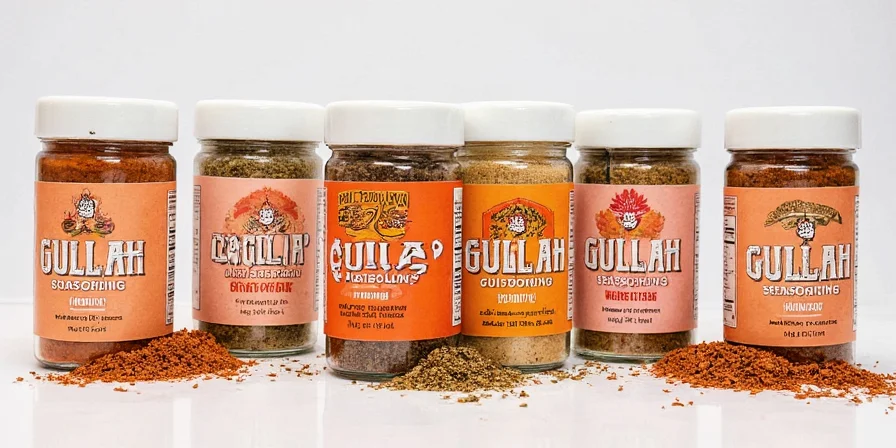
Summary
Gullah seasoning is more than a pantry staple — it’s a bridge between cultures, a celebration of resilience, and a gateway to bold, comforting flavors.
Whether you’re a professional chef looking to expand your spice repertoire or a curious foodie wanting to explore global traditions, Gullah seasoning offers a delicious way to do both.
Remember: Experiment, taste, adjust — and above all, have fun with it. After all, that’s what cooking is all about!
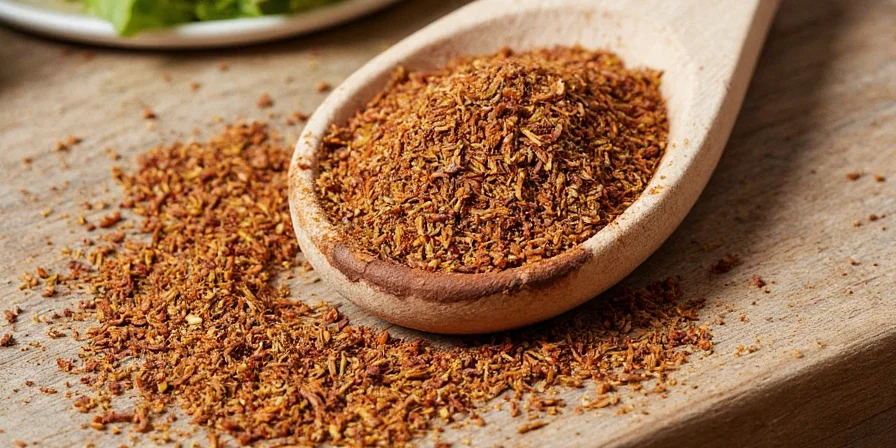
Final Thoughts
Next time you see that bottle of Gullah seasoning sitting quietly on your shelf, give it a little shake and say thank you — not just for the flavor, but for the culture, history, and joy it brings to your table.

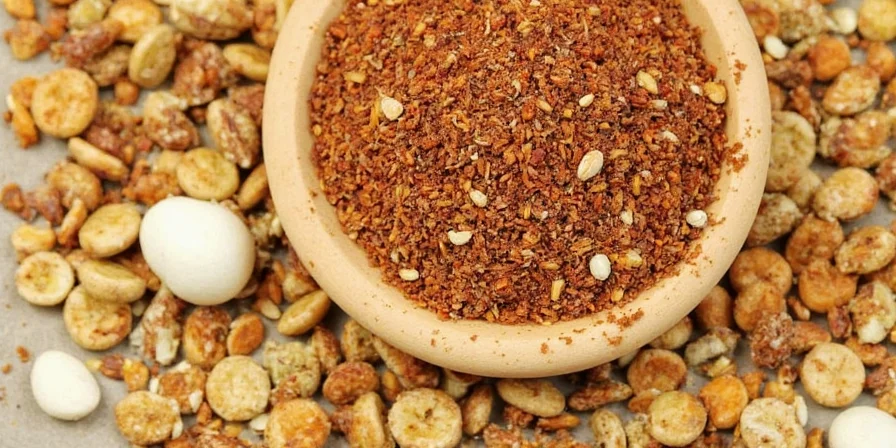









 浙公网安备
33010002000092号
浙公网安备
33010002000092号 浙B2-20120091-4
浙B2-20120091-4